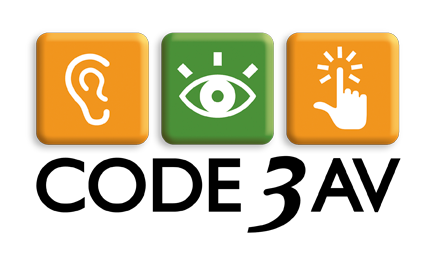We are currently working with a client to integrate some SIP phones with their new VOIP system. It’s surprising how complicated this can be. Many VOIP services have a short list of supported devices. The process got me thinking – I don’t even remember the last time I got an invite to a regular conference call. I get invites to Teams calls, Zoom calls and Webex meetings, but I never get invites to conference calls anymore. Even if no one on the call is using video, every call I join lately is still technically a “video call.” Along these same lines, my wife asked me yesterday – Are there still phone companies? I really had to think for a minute because there aren’t. Not like there was. A phone is generally an add-on to your internet service now.
I don’t even remember the last time I got an invite to a regular conference call.
So the question becomes – do I still need a “conference phone” in my “conference room?”
If I join every single meeting that I have scheduled via a Teams, Zoom or Webex app, why do I need a conference phone? I don’t.
What I do need is a simple way to join a video call or a simple way to connect my own laptop or phone to the camera, microphones, and speakers that are already in the room.
why do I need a conference phone? I don’t.
Code3AV has been installing these solutions everywhere lately, and they come in a few different formats. There are systems that are geared towards Teams and systems that are geared towards Zoom and there are systems that will do a mix with BYOD (bring your own device). These mixed solutions end up being the most flexible.
There’s a new way of thinking about video calls. We used to think of video conference devices more like telephones. You would call a person directly. You’d enter a number by hand or search a phonebook directory for the number or ID of the person you wanted to call, or you would call into some type of bridging or conference line service to join multiple callers in a conference.
The new way we do this is to schedule calls through a calendar like Outlook or iCal. We invite all the remote participants to the call and now we also invite the “room” to the call as well.
These new room systems offer incredibly easy to use “one-touch” call join features. The device in the room presents the list of calls it’s been invited to. Touch the call you want to join and start meeting. The key to this solution is to remember to invite the room system to the call.
The key to this solution is to remember to invite the room system to the call.
When you walk into the room and see one button light up that has the name of your meeting on it, and that’s all you need to touch – it really couldn’t be much easier.
There’s still generally a device on the table. It’s just not a conference phone anymore. It’s a Teams room, Zoom room or BYOD conference interface.
The BYOD connectivity is getting easier all the time. Currently there are 2 wire (HDMI and USB), 1 wire (USB-C), and no wire (Wifi) solutions for just about any device you might be using.
As with a lot of new technology, the first versions of these systems which started coming out several years ago felt somewhat clunky, but I find the latest devices to be much more user friendly and reliable. Connect your device via cables, wifi or Bluetooth and join the call from your own calendar.
Conference “phones” are going away, but conference systems are here to stay, and they’re easier than ever to use. They’re also easier than ever to install. We install these systems in a day or two now instead of 7 – 10 days for a fully integrated conference room. Are your small conference rooms ready for video calls? Do you still have conference phones on the table? It’s more affordable than ever to update those systems.
